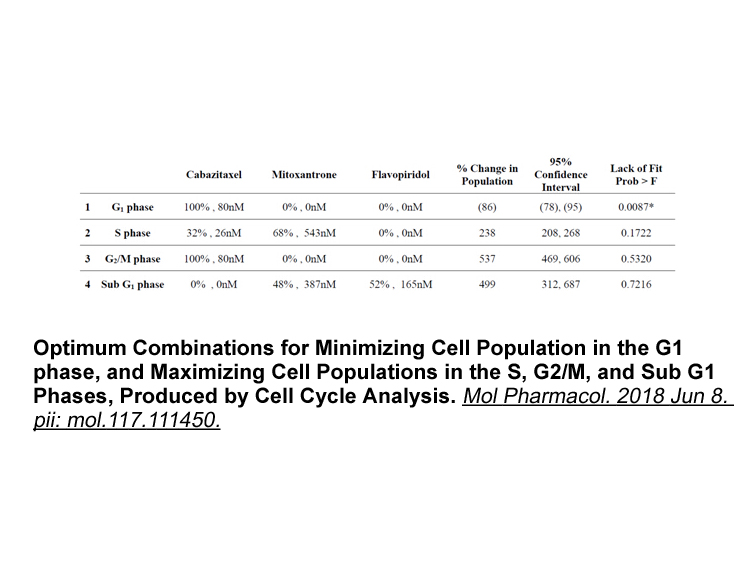Archives
Specificity is also valuable in terms of operationalization
Specificity is also valuable in terms of operationalization of variables and the conceputalisation of salient environmental correlates in different contexts and population groups. In a sample of 190 older adults in the USA, univariate analyses demonstrated a significant association between physical activity and the presence of window bars but not neighbourhood-watch signs (King, 2008). This distinction demonstrates the importance of specific operationalisation: two forms of physical forms of security measures could differently affect behaviour by representing either collective or individualistic approach to neighbourhood security. While window bars protect individual houses, neighbourhood-watch signage implies a dihydrofolate reductase inhibitor effort for protection through a commitment to collective surveillance.
Future research would also greatly benefit from context- and group-specific conceptualisation of environmental influences. Wen, Kandula, & Lauderdale (2007) highlighted that the strength of neighbourhood social and physical influences varied across racial and ethnic groups in a sample of White, Black, Hispanic and Asian adults in California, USA. The effect of the environment may also vary across neighbourhood-level deprivation. Van Dyck et al. (2013) found that the effect of objectively-measured connectivity and destination density on leisure-time walking was partially mediated by perceived physical aesthetics, safety and social cohesion. The authors suggest that in socioeconomically-deprived contexts, perceived micro-scale features (e.g. aesthetics) and social environmental features may override structural features that would create ostensibly ‘walkable’ neighbourhoods.
Secondly, this review underlined a need for study methodologies to apply conceptualisations of environmental variables as having direct or indirect influences on physical activity and use appropriate statistical analyses to test these conceptual hypotheses. Preliminary evidence was presented that walkability and perceived safety may have an interactive effect on physical activity. Interestingly, while two studies reported an interaction between walkability and perceived safety, they appeared to have different effects on activity (Bracy et al., 2014; Jack & McCormack, 2014). This could be partly due to neighbourhood contexts and differences in street layout and urban form between cities in the USA and Canada. Nevertheless, both studies demonstrated that walka bility was particularly important for activity when participants perceived high levels of neighbourhood crime. In addition, mediation analyses by King (2008) found that perceived levels of crime mediated the association between overall community-based physical activity and yard maintenance and window bars, rendering a direct effect of these environmental variables insignificant. Likewise, Van Dyck et al. (2013) reported that the relationship between a combined metric of connectivity and destination density and leisure-time walking was mediated by social cohesion and perceived safety in a sample of women in socioeconomically deprived neighbourhoods. Kaczynski & Glover (2012) also demonstrated interactive effects of the physical and social environment on physical activity, although findings were not included in this review as main effects were not presented. In a study of 380 adults in Canada, they found that higher levels of recreational walking were reported for participants living in highly socially-connected neighbourhoods (combined assessment of cohesion and trust) while higher levels of walking for active travel were reported for participants living in highly walkable neighbourhoods. Highest
bility was particularly important for activity when participants perceived high levels of neighbourhood crime. In addition, mediation analyses by King (2008) found that perceived levels of crime mediated the association between overall community-based physical activity and yard maintenance and window bars, rendering a direct effect of these environmental variables insignificant. Likewise, Van Dyck et al. (2013) reported that the relationship between a combined metric of connectivity and destination density and leisure-time walking was mediated by social cohesion and perceived safety in a sample of women in socioeconomically deprived neighbourhoods. Kaczynski & Glover (2012) also demonstrated interactive effects of the physical and social environment on physical activity, although findings were not included in this review as main effects were not presented. In a study of 380 adults in Canada, they found that higher levels of recreational walking were reported for participants living in highly socially-connected neighbourhoods (combined assessment of cohesion and trust) while higher levels of walking for active travel were reported for participants living in highly walkable neighbourhoods. Highest  levels of walking for recreation or travel were in neighbourhoods with both high walkability and social connectedness. Furthermore, a mediating effect of crime on the association between recreational facilities and self-reported MVPA was found in a sample of 781 adults living in Chicago, USA (Berchuck et al., 2016). Interestingly, the suppression effect of crime was only apparent in neighbourhoods in the south of the city – which historically have higher rates of crime and poverty and a larger ethnic minority population than neighbourhoods in the north - highlighting the context-specificity of the relationship. This study was not included in the review as it did not test the independent association between crime and MVPA.
levels of walking for recreation or travel were in neighbourhoods with both high walkability and social connectedness. Furthermore, a mediating effect of crime on the association between recreational facilities and self-reported MVPA was found in a sample of 781 adults living in Chicago, USA (Berchuck et al., 2016). Interestingly, the suppression effect of crime was only apparent in neighbourhoods in the south of the city – which historically have higher rates of crime and poverty and a larger ethnic minority population than neighbourhoods in the north - highlighting the context-specificity of the relationship. This study was not included in the review as it did not test the independent association between crime and MVPA.